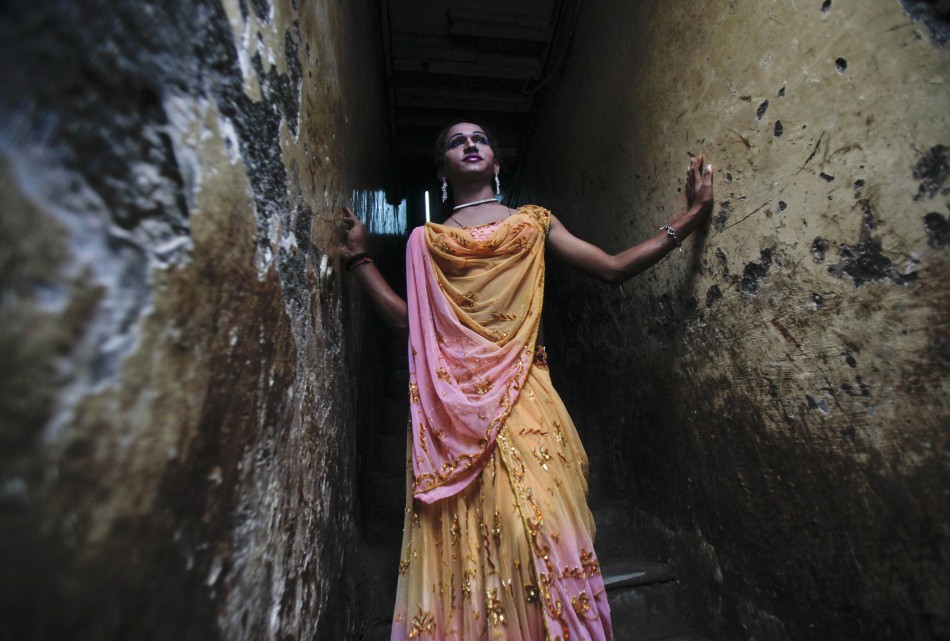Spotlight: India's Eunuchs


Known as "hijras", India's community of transvestites, transsexuals and castrated men are generally shunned and reviled by mainstream society, and they face daily discrimination both from strangers and from their families.
In a 2003 report entitled "Human Rights Violations against the Transgender Community", the People's Union for Civil Liberties, Karnataka (PUCL-K) highlighted the prejudice and abuse suffered by the hijra community in the city of Bangalore.
"The dominant discourse on human rights in India has yet to come to terms with the production/reproduction of absolute human rightlessness of transgender communities," the report states.
"At stake is the human right to be different, the right to recognition of different pathways of sexuality, a right to immunity from the oppressive and repressive labelling of despised sexuality. Such a human right does not yet exist in India."
"Hijra" is an Urdu word derived from the Arabic root "hijr", "to leave one's tribe". The common usage of the word probably derives from the fact that most hijra are shunned or disowned by their families due to their sexual orientation or their gender identification.
In an interview for the PUCL-K report Roopa, a 30-year-old hijra, tells of how her family refused to accept her female identity.
"One day when my father... was away, my brother, encouraged by my mother, started beating me with a cricket bat. I locked myself in my room to escape from the beatings. My mother and brother together tried to break into the room to further beat me up."
Because of such ostracisation, many hijra are forced into begging or prostitution in order to scrape a living, and there have been many reported cases of rape and abuse of hijra sex workers, as well as violence by the hands of the police. Many suffer from HIV and AIDS.
Others make money by performing at marriage or birth ceremonies, since the blessing - or curse - or a hijra is considered a powerful thing in Indian tradition.
In the context of Hinduism, hijra belong to a separate caste. Hijra often live together in communities, headed by a guru, or spiritual leader who oversees and protects them. Between 700,000 and a million hijra are believed to live in India.
© Copyright IBTimes 2024. All rights reserved.








